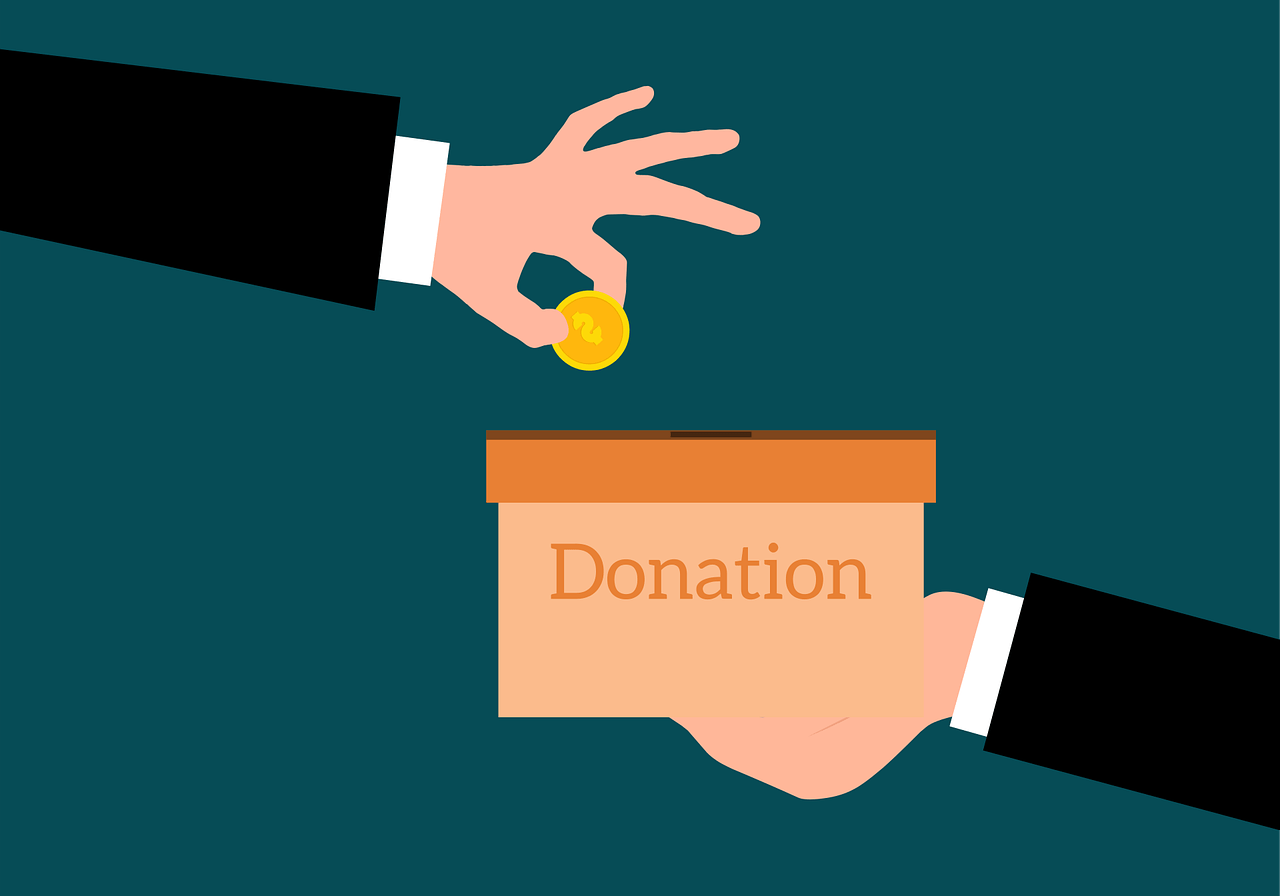Addressing Passive Aggressive Behavior in the Workplace
Passive aggressive behavior is poisonous to workplace cohesion and productivity. Fortunately, team building programs can supply the antidote.
One of the most insidious characteristics of passive aggressive behavior in the workplace is that it’s rarely an event. There’s no app managers can download that will send them an alert when this crops up. Instead, it tends to build over time, its corrosive effects gradually damaging team collaboration.
That means managers need to be alert to early warning signs, ready to take action.
Signs of a Passive Aggressive Problem
Typically, when teams are first formed or expanded, everyone is excited. Team members are fully engaged, on their best behavior, and want to be part of the process.
But, over time, people can become less engaged, for a variety of reasons. Perhaps their ideas were rejected. Or they don’t agree with the direction the team is taking. Or they feel that their opinions aren’t valued.
The path of least resistance is to just go along. There’s no “big bang” confrontation. There is just a slow erosion of effort, engagement, and input. There may be some grumbling, but much of the frustration remains beneath the surface.
Managers and team leaders need to be attuned to these types of changes, which may be manifested in missed deadlines, apathy, and less discussion during team meetings.
Being aware of these signs is a crucial part of learning how to address passive aggressive behavior in the workplace.
How Team Building Helps Manage Passive Aggressive Employees
If you Google “benefits of team building,” you’ll get a long list. The positive impacts are widespread. Here are five ways that organized team building exercises directly help to eliminate passive-aggressive behavior at work.
- Improving communication: Team building exercises encourage open dialogue and help employees express their feelings directly, reducing the tendency for passive aggressive behavior.
- Encouraging positivity: Fun and engaging activities increase morale and create positive associations among team members. Activities that involve laughter and enjoyment boost endorphins and lower psychological barriers, counteracting negative behaviors and fostering a more positive and energetic workplace culture.
- Enhancing collaboration: By working together on tasks, employees learn to appreciate each other’s strengths. Team-building games and challenges require collaboration and highlight the value of each member’s contributions, which can mitigate underlying feelings of resentment and promote a more supportive work environment.
- Building trust: These activities create a safe environment where team members can rely on each other. Trust-building exercises such as collaborative projects foster mutual reliance and understanding, which helps to reduce hidden hostility and build a more cohesive team dynamic.
- Identifying issues early: Team building can reveal underlying tensions and passive aggressive tendencies. By observing interactions during team activities, managers can identify issues before they escalate. This proactive approach allows for timely intervention and resolution, promoting a healthier and more productive work environment.
Combined, all of these effects of team building combat passive-aggressive behavior by shifting the mindset of employees. The result is improved trust, collaboration, and engagement.
Here are four specific ways organizations can use team building programs to improve communication and productivity by reducing passive aggressive behavior in the workspace.
Create a Safe Space for Open Dialogue
A common manifestation of this problem is that people are afraid to speak out. Even if they are very unhappy or frustrated about an issue, they aren’t comfortable being direct, saying what they are really thinking and feeling. They may worry about hurting a coworker’s feelings or making that person angry, or about having their ideas rejected.
Team building literally puts everyone in a different place. They are in a different environment, solving a fun non-work problem, relaxed and laughing. This puts people in a different frame of mind. Conversations are easier because the participants are in a non-intimidating, non-confrontational environment.
Build Trust
Leaders need to establish the trust of their team. Trust must be continuously earned in various scenarios by holding everyone accountable to the same criteria, providing honest feedback, and not allowing poor performance to slide.
Ignoring poor performance doesn’t help the employee or the team. Effective two-way dialogue is essential, but the approach may vary since each employee is different.
Team building improves communication and team cohesiveness by taking the team out of the office to solve a fun challenge. Earning trust and establishing a dialogue in another environment carries over into the workplace.
Break Down Barriers
Even cynical or jaded employees often lower their guard and open up after a positive team building experience. During the socializing that follows, it’s not unusual to hear an employee saying, “That was really great. I wish we could talk like this at the office.”
By attacking obstacles to team cohesiveness from different vantage points, team building helps lower or eliminate barriers to effective collaboration.
In addition to breaking down barriers, it helps participants to better understand the communication styles and preferences of their colleagues. Co-workers seem more approachable, opening the door to better and more productive discussions at work.
Make Team Building a Regular Practice
While team building programs can clearly help employees learn how to deal with passive aggressive coworkers, they aren’t a one-and-done solution. Rome wasn’t built in a day, and team performance isn’t optimized overnight.
That’s why top-performing organizations make team building a regular event, often running programs several times each year.
The goal of one event may be dealing with passive-aggressive behavioral issues. At the next event, the focus may be on team cohesiveness, improving communication skills, conflict resolution, or managing a significant organizational change.
A regular cadence of team building exercises helps develop a culture of high performance. Over time, those exercises become less about resolving problems and more about taking organization performance to successively higher levels, going from good to better, better to great, great to amazing, and from amazing to extraordinary.
The Best Team Building Programs for Managing Passive Aggressive Employees
Many different team building programs can be helpful in dealing with this issue, but among the best are Build-a-Raft Competition; Catapult (where teams utilize their creative brainpower to build a working catapult, and then compete on distance on accuracy using their creations), Crack the Case! (where teams solve clues and puzzles together to break into a series of locked boxes) Pipeline (where teams design and assemble a delivery system for marbles using PVC pipe, bamboo, rope, and other materials); and Team Olympics.
Corporate social responsibility (CSR) programs, such as Build-a-Wheelchair® and Bike Build Donation®, are also effective, and create powerful emotional experiences.
And for situations where it’s not practical to gather everyone together in one physical location, virtual escape rooms and game shows are an excellent alternative.
Conclusion: Managing Passive Aggressive Behavior with Team Building
Passive-aggressive behavior in the workplace is anything but “just fine.” It’s damaging to team cohesion, morale, and productivity.
Fortunately, team building can help in several ways, from breaking down barriers and increasing trust to improving relationships, communication, and collaboration.
One event will produce positive results, but to really help people change and be more open with their coworkers, it’s important to run organized team building exercises on a regular basis.
High-performing cultures aren’t created by one team building experience. They’re built over time with consistency, cultivating an environment where people are motivated. And that leads to higher employee retention, morale, and productivity.
If you’re looking to build a best-in-class team or organization, you can do it over time with a little effort and a lot of fun by making regular team building activities part of your operational planning. Contact Best Corporate Events and start planning your team building calendar today.






